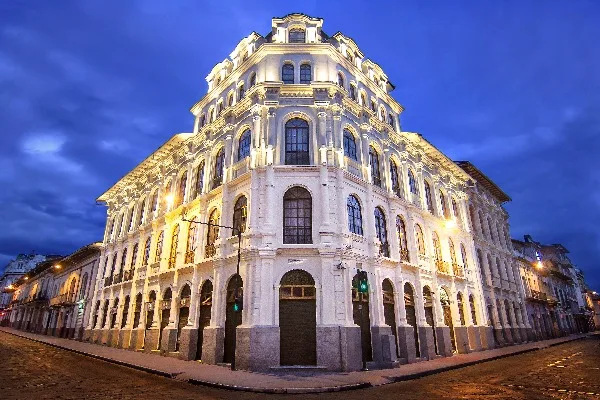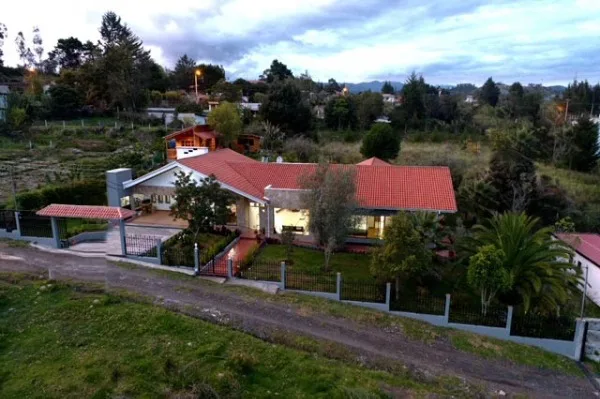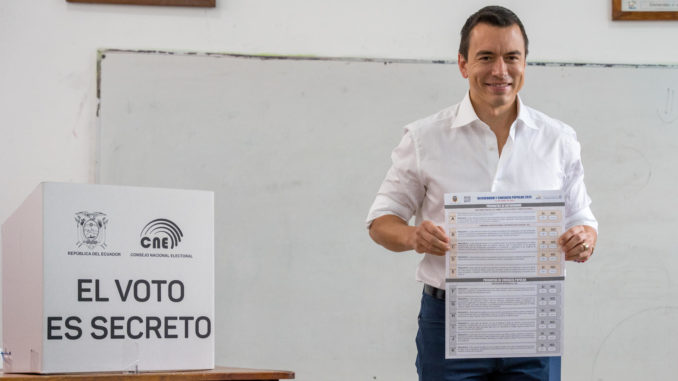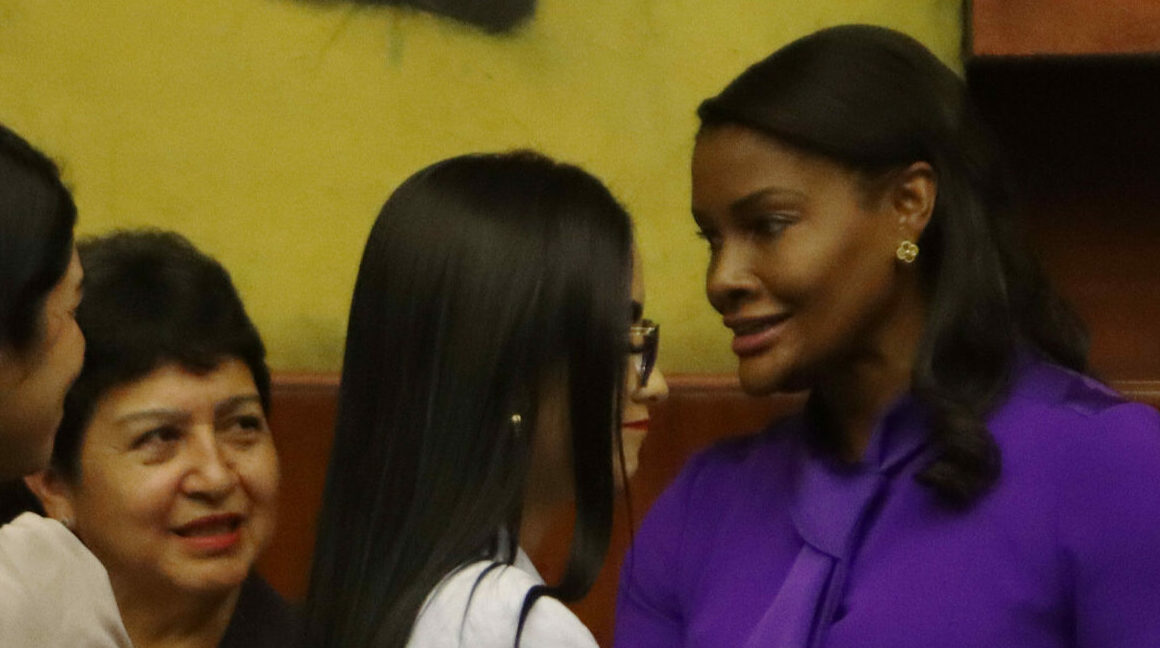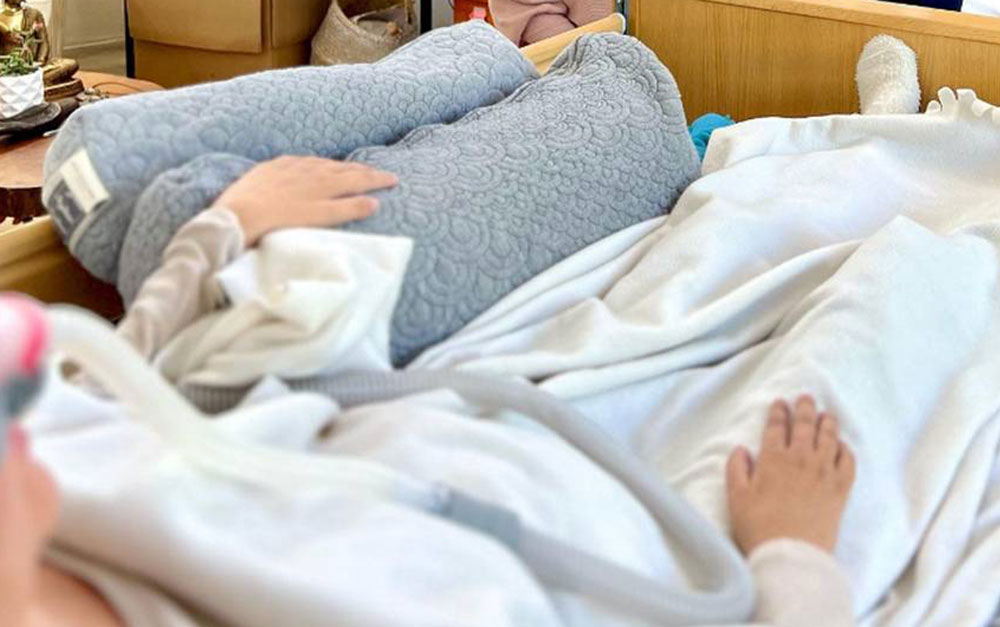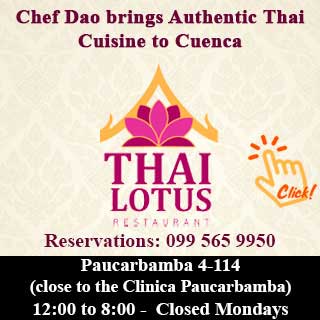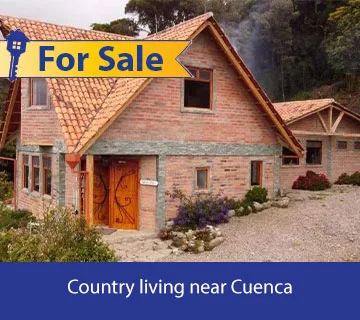Another San Francisco Plaza redesign on the way; project has produced 60 years of failure
Although illustrations and models of the latest redesign for San Francisco Plaza won’t be available until next week, project architects from the University of Cuenca have released a description of the new concept.

San Francisco Plaza
Unlike the previous design, the new one will allocate 30% of the plaza to vendors who today occupy more than half of the area. As with the previous plan, the sales kiosks will be portable but will be moved only on special occasions, not every night as in the last plan. Vendor areas will be divided between the Otavalans, who sell mostly clothing, and sellers of other items, mostly housewares, shoes and clothing.
The plans include a memorial to the revolutionary war “Heroes of Verdeloma,” with 28 plaques and possibly a fountain.
The new design will be the sixth submitted since 2002, the previous five being rejected either by Mayor Marcelo Cabrera, the vendors, or architects.
“This has been a frustrating project because of the number of interests involved,” the mayor admitted. “We will succeed with this, I promise, despite the long history of failure.”
The failures date back to 1956 when Cuenca architect Jorge Roura proposed dividing the space between a parking lot and a public park. Vendors who were squatting on the area at the time, mounted protests and the city dropped the idea.
In 1970, Mayor Alejandro Serrano purchased properties around the square to relocate the vendors, who once again protested, and the project bogged down in arguments between city council members. In 1995, the city council and Mayor Xavier Muñoz Chavez allowed vendors to construct sales buildings in the plaza although no official document was signed.
The history of San Francisco Plaza dates back to the late 1600s or early 1700s. Over the years, it was used as a public execution grounds, first for hangings and later for shootings, a public theater and exhibition space, and private park. In the 1800s, it was owned by the Franciscan Order but was later purchased by the city.
In the late 1800s and early 1900s, it was used for public boxing matches and cock fights.








